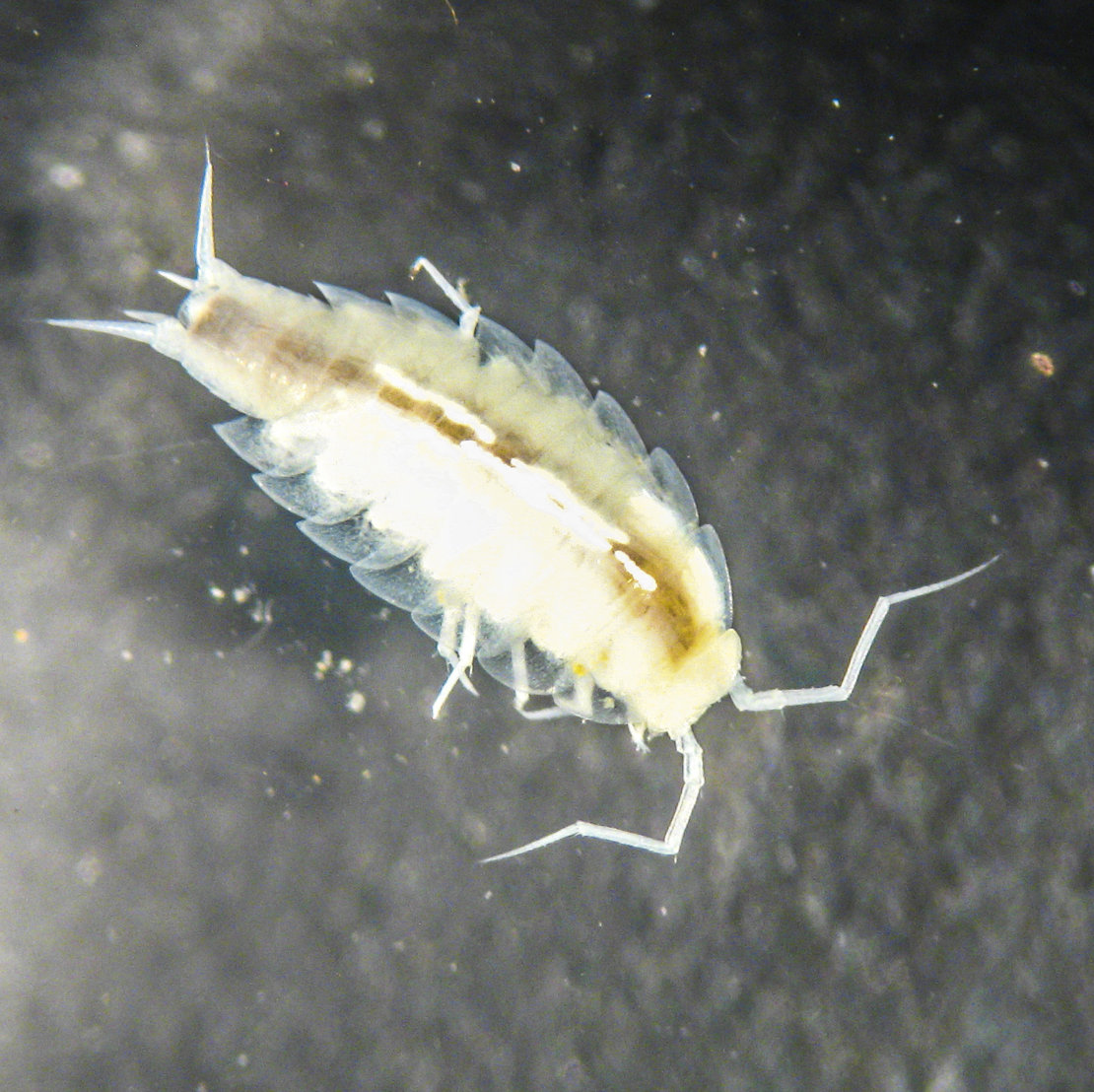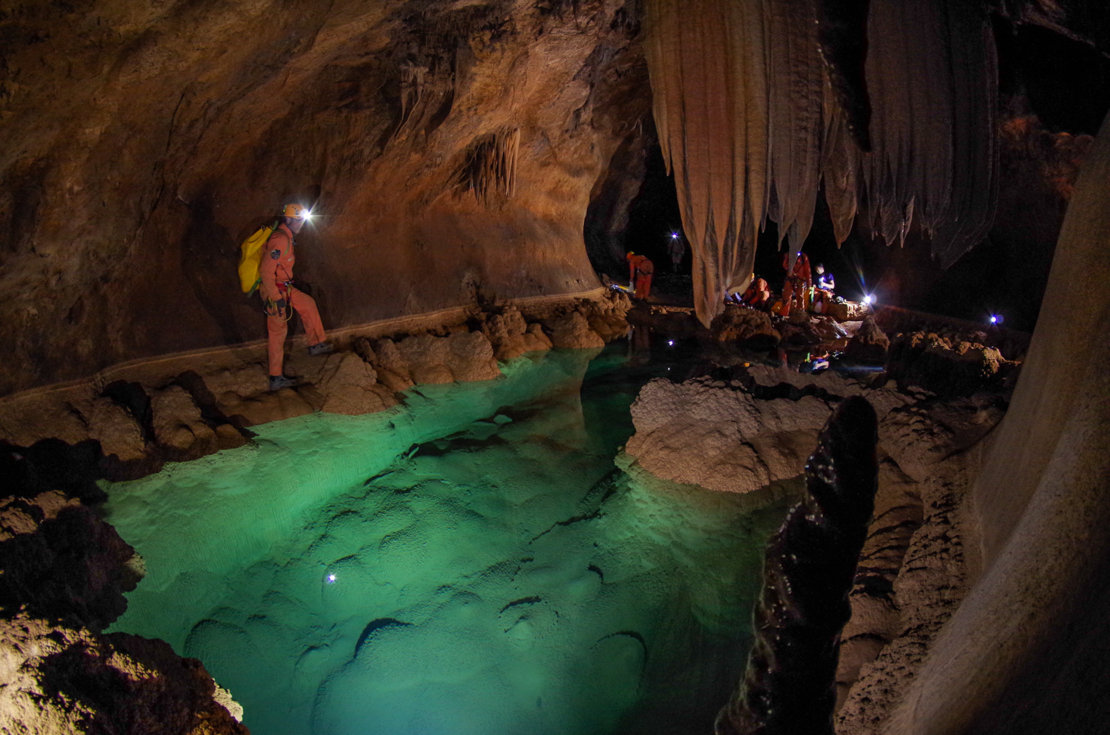Astronauts Help Discover Newfound Crustacean During Cave Expedition

In training for exploration of the final frontier, astronauts have made a contribution to our understanding of life here on Earth.
Over the past few years, astronauts from multiple countries have helped biologists collect specimens of an odd, tiny crustacean during caving expeditions on the Italian island of Sardinia. The little beast, it turns out, was new to science, and it's officially described in a recent paper in the journal ZooKeys.
The newfound creature is related to terrestrial isopods, a diverse group known to anyone who has ever flipped a log in damp environments. Their many common names — potato bug, pill bug, sow bug, roly-poly and wood louse, to name but a few — are a testament to these invertebrates' ubiquity. (But the "bug" part is incorrect; isopods are more closely related to crabs and shrimp than to insects. And, if you'll allow a bit more pedantry, "bug" technically refers to certain insects with sucking mouthparts.)
Related: CAVES 2016 In Pictures: How Astronauts Train for Space by Cave Diving
The newly described isopod is different from most of its kin, however. The blind, colorless crustacean, which is less than 0.4 inches (1 centimeter) long, is aquatic, scraping out a living in cave ponds.
It was first found during the 2012 edition of the CAVES (Cooperative Adventure for Valuing and Exercising human behaviour and performance Skills), a two-week European Space Agency training course held in Sardinia's Sa Grutta cave system. The experience is designed to help astronauts learn to work together in a space-like environment.
CAVES also involves a variety of other research activities, as the isopod discovery shows. Astronauts from Europe, the United States, Canada, Russia, Japan and China helped collect and describe the little crustacean in 2012 and on subsequent CAVES expeditions.
Breaking space news, the latest updates on rocket launches, skywatching events and more!
The astronauts' aid is reflected in the little beast's scientific name, Alpioniscus sideralis. "Sideralis" is from the Latin word for "star."
"I would like to think that when humans land on Mars and explore its caves, this experience will help them to look for other species knowing that life has few limits and can develop in the most inhospitable places," Paolo Marcia, a zoologist from the University of Sassari in Italy who heads the CAVES biology experiments, said in a statement.
- Astronauts Emerge from Cave After Underground Spaceflight Training
- The 9 Coolest Mock Space MIssions
- Cave Astronauts Explore Deep Inside Earth to Simulate Spaceflight
Mike Wall's book about the search for alien life, "Out There" (Grand Central Publishing, 2018; illustrated by Karl Tate), is out now. Follow him on Twitter @michaeldwall. Follow us on Twitter @Spacedotcom or Facebook.

Michael Wall is a Senior Space Writer with Space.com and joined the team in 2010. He primarily covers exoplanets, spaceflight and military space, but has been known to dabble in the space art beat. His book about the search for alien life, "Out There," was published on Nov. 13, 2018. Before becoming a science writer, Michael worked as a herpetologist and wildlife biologist. He has a Ph.D. in evolutionary biology from the University of Sydney, Australia, a bachelor's degree from the University of Arizona, and a graduate certificate in science writing from the University of California, Santa Cruz. To find out what his latest project is, you can follow Michael on Twitter.

